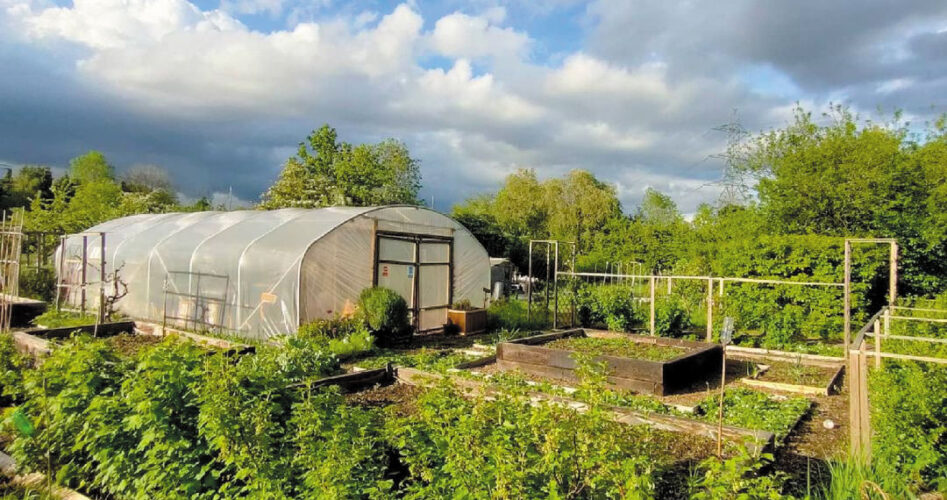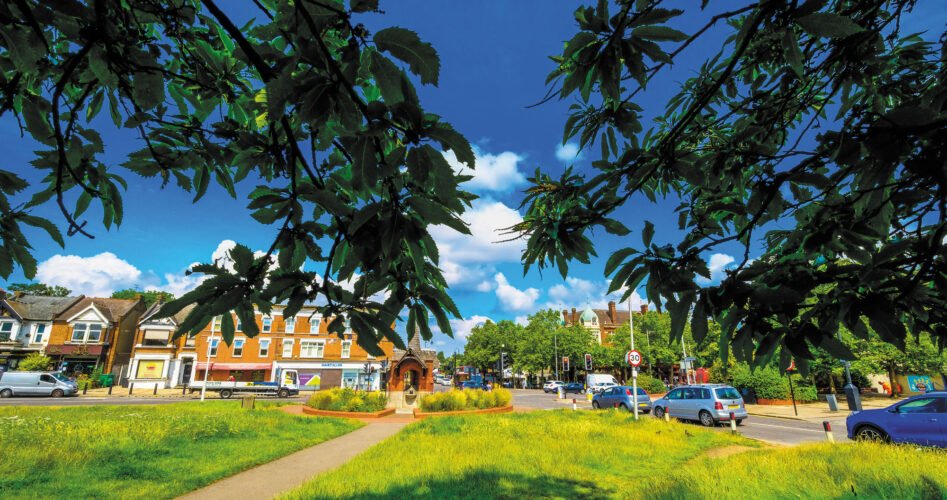Derek Inkpin from local solicitors Wiseman Lee outlines the methods of enforcement available to local planning authorities when it comes to ensuring building projects do not breach the rules
Most people have a reasonable idea about the requirement to obtain planning permission for larger building projects, and obtaining building regulations consent for the method of building. However, when something goes wrong and a house owner decides to build without planning consent, the weapons in the armoury of the local planning authority (LPA) are considerable.
A flagrant breach of planning law is relatively rare, but it can be a breach of the conditions in the planning permission which causes the LPA to take action with the service of an Enforcement Notice. This will be done if it is in the public interest to do so. Before this happens, the LPA will normally write to the offending owner in the hope of reaching an agreement on the measures required to rectify the breach of planning law. Time limits apply and no enforcement action can be taken after four years of building operations or a change of use to a single dwelling. All other cases carry a 10-year limit, after which a breach of planning is immune from prosecution.
The methods of enforcement are:
- A planning Enforcement Notice, which is the most common means of ensuring the planning breach is corrected.
- A planning Contravention Notice, where the LPA requires more information about the building activities carried out. If there is a failure to respond, or false information is given, a criminal offence is committed.
- A planning Enforcement Order is served once made by the Magistrates’ Court, where an authorised development has been deliberately concealed.
- A Stop Notice is an urgent measure if a planning Enforcement Order does not resolve the breach. If it is not observed, a criminal offence is committed with an unlimited fine.
- A Temporary Stop Notice lasts for no more than 28 days and is used if time is critical for unauthorised building work. Unlike a Stop Notice, it does not need to be preceded by an Enforcement Notice.
- The most serious form of planning enforcement is a Court Injunction, but this is rarely used.
- Another rarely used enforcement method is a Right of Entry, which can authorise officers from the LPA to enter land where there is an ongoing breach of planning control.
- A breach of Condition Notice arises where one or more of the conditions in a planning permission are not adhered to. A time limit for compliance is specified in the notice but there is a right of appeal to the High Court.
Wiseman Lee is located at 9–13 Cambridge Park, Wanstead, E11 2PU. For more information, call 020 8215 1000














